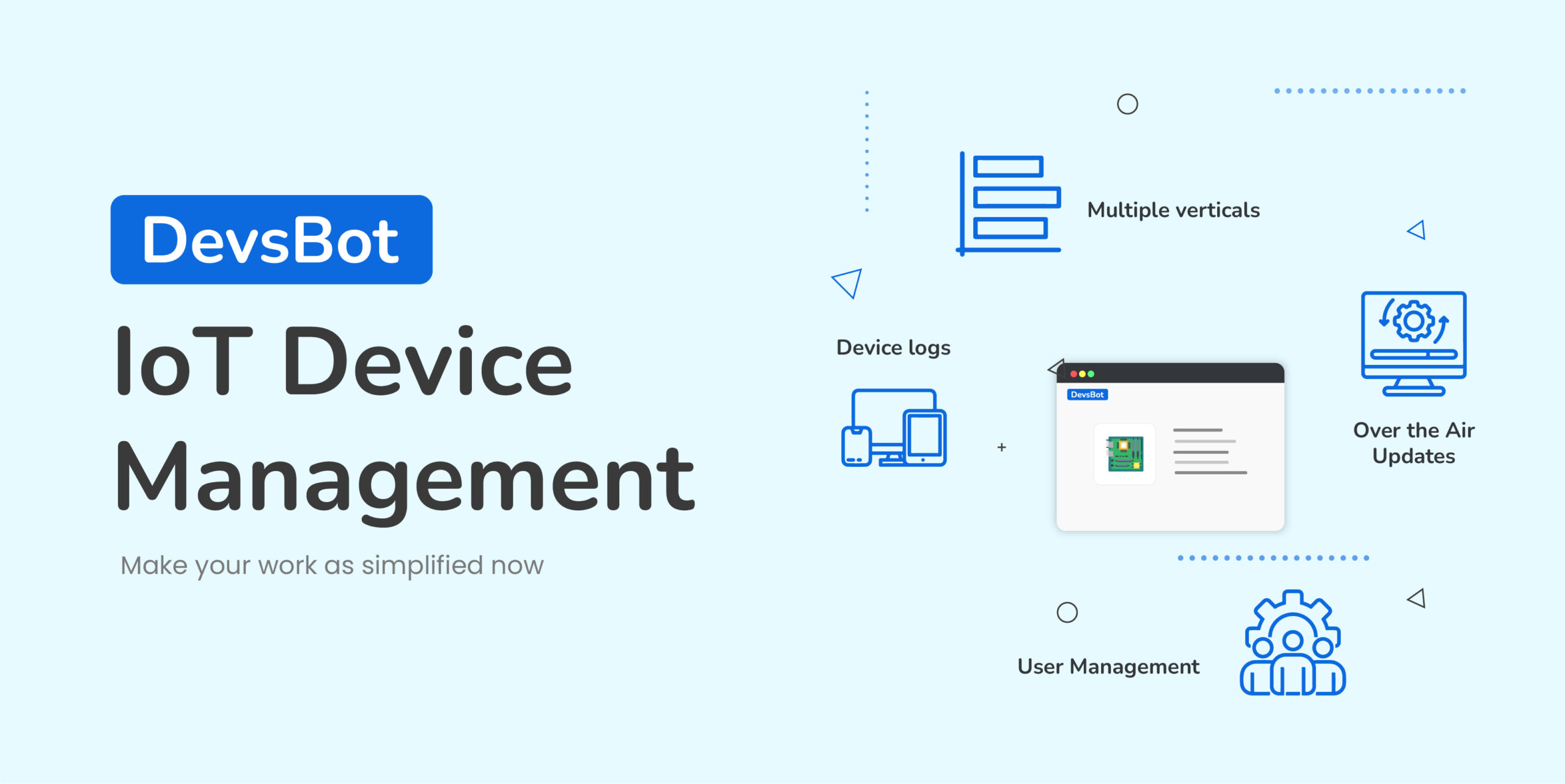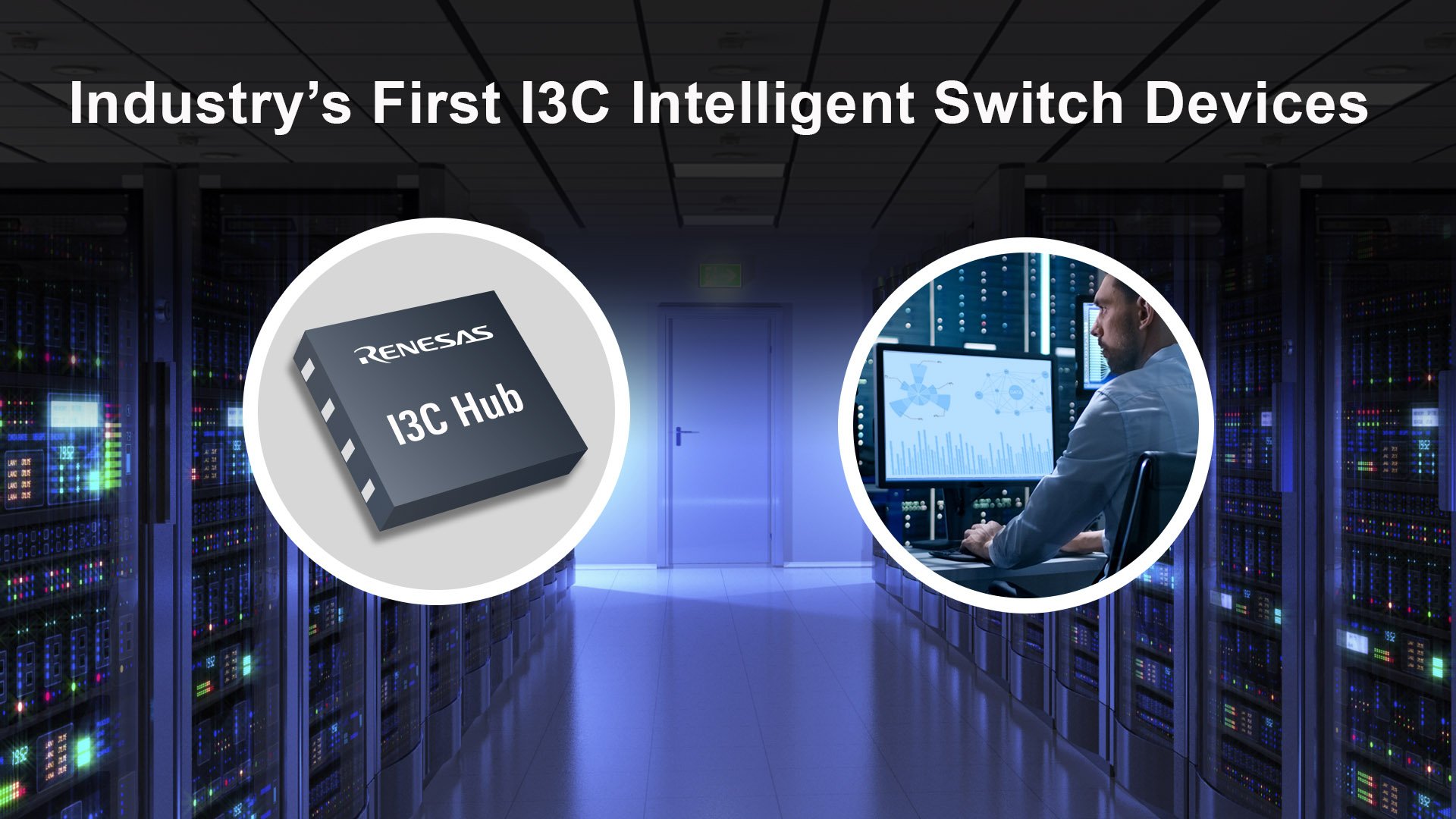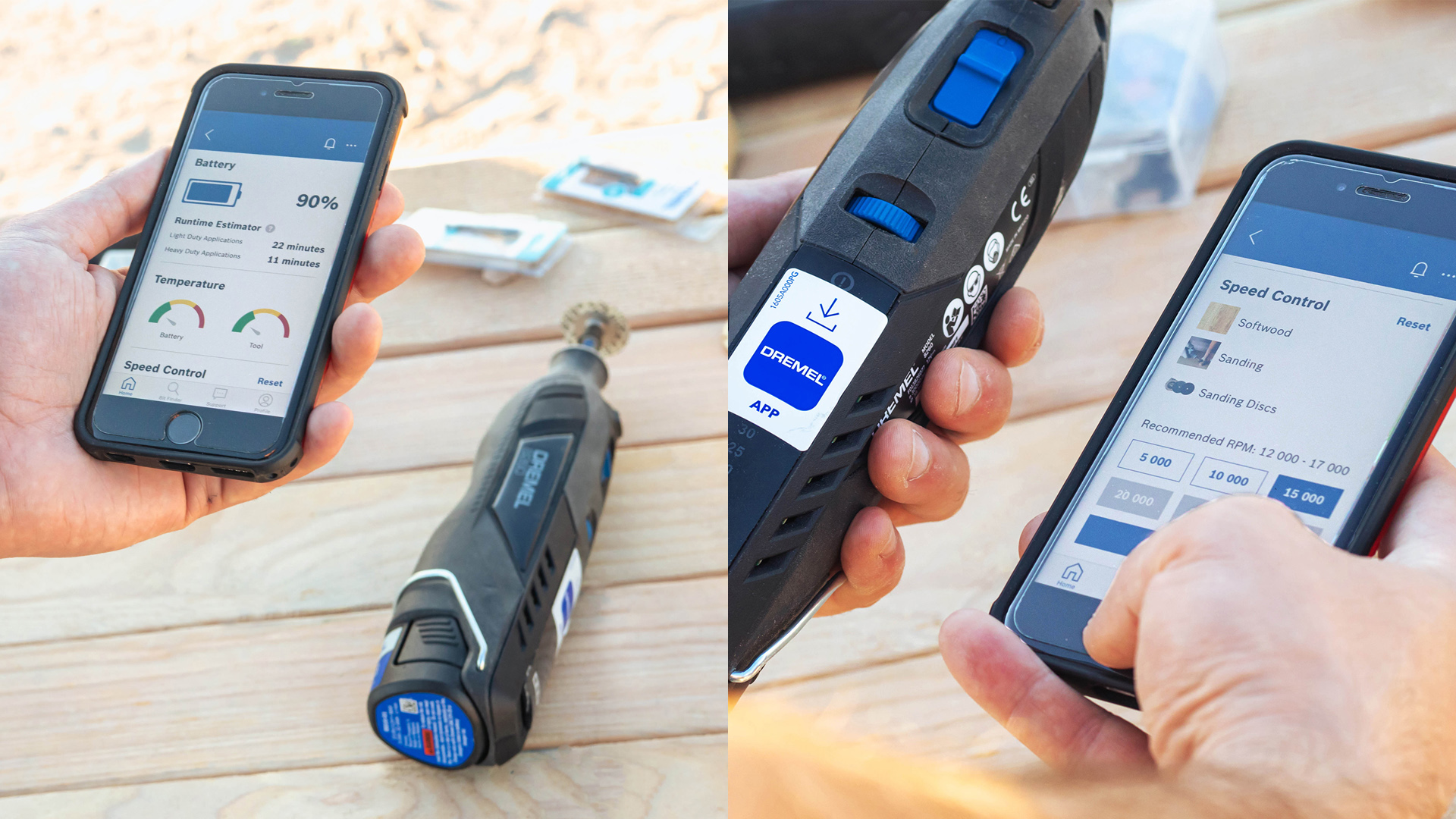Imagine a world where every device you own works seamlessly together, communicating effortlessly without needing your constant attention. That’s the magic of IoT device management platforms! Whether you're a tech enthusiast, a business owner, or just someone curious about the future of connected technology, this guide is for you. In this tutorial, we'll dive deep into the world of device management platforms for IoT and show you how to harness their power like a pro.
IoT, or the Internet of Things, has revolutionized the way devices interact with each other. But managing all these connected devices can be overwhelming if you don’t have the right tools. That’s where device management platforms come in. These platforms are like the glue that holds your IoT ecosystem together, ensuring everything runs smoothly and efficiently.
In this tutorial, you’ll learn everything from the basics of IoT device management to advanced strategies for scaling your IoT projects. We’ll cover essential topics like security, scalability, and integration, so you’re fully equipped to take on the challenges of modern connected technology. So, buckle up and let’s get started!
- The Phenomenon Of Sophie Rains Spiderman Vid A Story That Captures Hearts
- Anna Malygon Leak A Comprehensive Analysis Of The Controversy
Table of Contents
What is Device Management Platform IoT?
Why is Device Management Important in IoT?
Key Features of Device Management Platforms
- Discover The Power Of Money6x Com Your Ultimate Financial Resource
- Kamo Bandz Leak The Untold Story And Its Impact On The Music Industry
How to Choose the Right IoT Device Management Platform
Ensuring Security in IoT Device Management
Scalability and Performance Considerations
Integration with Other Systems and Tools
Common Challenges in IoT Device Management
Best Practices for IoT Device Management
Step-by-Step Tutorial for Setting Up an IoT Device Management Platform
What is Device Management Platform IoT?
Alright, let’s start with the basics. An IoT device management platform is essentially a system designed to monitor, control, and manage all the devices connected to your IoT network. Think of it as the command center for your smart home or industrial setup. These platforms allow you to provision devices, update firmware, and even troubleshoot issues remotely.
Here’s the deal: as more and more devices become connected, managing them manually becomes nearly impossible. That’s why device management platforms are crucial. They simplify the process by providing a centralized interface where you can handle everything from a single dashboard.
So, whether you’re dealing with smart thermostats, industrial sensors, or connected cars, a device management platform ensures that all these devices work harmoniously without hiccups.
Why IoT Device Management Platforms Are Essential
Let’s break it down. IoT devices generate tons of data, and without proper management, this data can quickly spiral out of control. Device management platforms help you organize this data, ensuring that it’s collected, processed, and analyzed effectively.
Plus, they offer features like remote device updates, which means you don’t have to physically access each device to apply changes. This is a game-changer for businesses with large-scale IoT deployments.
Why is Device Management Important in IoT?
Device management in IoT isn’t just important—it’s absolutely critical. Without it, your IoT ecosystem could become a chaotic mess. Imagine having hundreds or even thousands of devices, each with its own settings, updates, and maintenance requirements. Sounds like a nightmare, right?
Device management platforms step in to save the day by:
- Providing real-time monitoring of device health and performance
- Enabling secure over-the-air (OTA) updates
- Facilitating efficient data collection and analysis
- Ensuring compliance with industry standards and regulations
By implementing a robust device management strategy, you can avoid common pitfalls like device downtime, security breaches, and compatibility issues.
Key Features of Device Management Platforms
Now that we understand why device management is important, let’s explore some of the key features you should look for in a platform:
- Provisioning: The ability to easily add and configure new devices to your network.
- Monitoring: Real-time insights into device status, performance, and connectivity.
- Updates: Secure OTA updates to keep your devices running the latest firmware.
- Security: Robust security measures to protect your devices and data from threats.
- Scalability: The platform should be able to grow with your IoT deployment, handling more devices as needed.
These features ensure that your IoT ecosystem remains stable, secure, and efficient, no matter how large it gets.
How to Choose the Right IoT Device Management Platform
Picking the right device management platform can feel overwhelming, especially with so many options on the market. Here are some tips to help you make an informed decision:
First, consider your specific needs. Are you managing a small smart home setup or a large-scale industrial deployment? Different platforms cater to different use cases, so it’s important to choose one that aligns with your requirements.
Next, evaluate the platform’s scalability. Will it be able to handle your growth as your IoT network expands? You don’t want to switch platforms every time you add a few more devices.
Finally, don’t overlook security. With the increasing number of cyber threats targeting IoT devices, choosing a platform with robust security features is a must.
Factors to Consider When Choosing a Platform
Here’s a quick checklist:
- Does the platform support the devices you’re using?
- Is it user-friendly and easy to navigate?
- Does it offer sufficient security measures?
- Can it integrate with other systems you’re using?
By answering these questions, you’ll be well on your way to finding the perfect device management platform for your needs.
Ensuring Security in IoT Device Management
Security is one of the biggest concerns when it comes to IoT. With so many devices connected to the internet, the risk of cyberattacks increases significantly. That’s why securing your IoT device management platform is absolutely essential.
Start by implementing strong authentication methods, such as two-factor authentication (2FA). This ensures that only authorized users can access your platform. Additionally, encrypt all data transmissions to protect sensitive information from being intercepted.
Regularly updating your devices and platform software is another critical step. These updates often include security patches that address known vulnerabilities.
Best Security Practices for IoT Device Management
Here are some best practices to follow:
- Use strong, unique passwords for all devices and accounts.
- Enable automatic updates to ensure your devices are always up-to-date.
- Monitor your network for suspicious activity and take action immediately if anything seems off.
By prioritizing security, you can protect your IoT ecosystem from potential threats and ensure its longevity.
Scalability and Performance Considerations
As your IoT deployment grows, so should your device management platform. Scalability is key to ensuring that your platform can handle an increasing number of devices without sacrificing performance.
When evaluating scalability, consider factors like:
- How many devices the platform can support simultaneously.
- The platform’s ability to handle high data throughput.
- Its flexibility to adapt to changing requirements.
Performance is equally important. A sluggish platform can hinder productivity and cause frustration. Look for platforms that offer fast response times and minimal latency, ensuring a smooth user experience.
Integration with Other Systems and Tools
IoT device management platforms often need to work alongside other systems and tools within your organization. This is where integration capabilities come into play.
Ensure that your chosen platform can seamlessly integrate with existing systems, such as CRM, ERP, or analytics tools. This allows for a more cohesive and efficient workflow, as data can flow freely between different systems.
APIs are a great way to achieve this integration. Look for platforms that offer well-documented APIs, making it easier to connect with other applications.
Benefits of Integration
Integration offers several benefits:
- Improved data accuracy and consistency.
- Streamlined processes and reduced manual effort.
- Enhanced decision-making capabilities through consolidated data.
By integrating your device management platform with other systems, you can unlock the full potential of your IoT deployment.
Common Challenges in IoT Device Management
While IoT device management platforms offer numerous advantages, they’re not without challenges. Here are some common issues you might encounter:
- Device Compatibility: Not all devices may be compatible with your chosen platform, leading to potential integration issues.
- Data Overload: Managing large volumes of data generated by IoT devices can be overwhelming without the right tools.
- Security Threats: As mentioned earlier, security is a major concern, and breaches can have serious consequences.
By being aware of these challenges, you can take proactive steps to mitigate them and ensure a smoother IoT experience.
Best Practices for IoT Device Management
To get the most out of your IoT device management platform, follow these best practices:
- Regularly review and update your device management policies.
- Invest in staff training to ensure everyone understands how to use the platform effectively.
- Document all processes and procedures for future reference.
These practices will help you maintain a well-organized and efficient IoT ecosystem.
Step-by-Step Tutorial for Setting Up an IoT Device Management Platform
Finally, let’s walk through the steps to set up your IoT device management platform:
- Assess Your Needs: Determine the specific requirements of your IoT deployment.
- Choose a Platform: Select a device management platform that aligns with your needs.
- Provision Devices: Add and configure your devices to the platform.
- Set Up Monitoring: Configure real-time monitoring to keep an eye on device performance.
- Enable Updates: Set up automatic updates to ensure your devices are always up-to-date.
- Test and Optimize: Test the platform thoroughly and make any necessary adjustments.
By following these steps, you’ll have a fully functional IoT device management platform up and running in no time!
Conclusion
And there you have it—a comprehensive guide to mastering IoT device management platforms. From understanding the basics to setting up your own platform, we’ve covered everything you need to know. Remember, the key to success lies in choosing the right platform, prioritizing security, and continuously optimizing your setup.
So, what are you waiting for? Dive into the world of IoT device management and take your connected technology to the next level. Don’t forget to leave a comment or share this tutorial with your fellow tech enthusiasts!
- Who Was Ana Navarros First Husband Unveiling Her Early Life And Relationships
- Anna Malygon Onlyfans A Comprehensive Guide To Her Journey Content And Success


